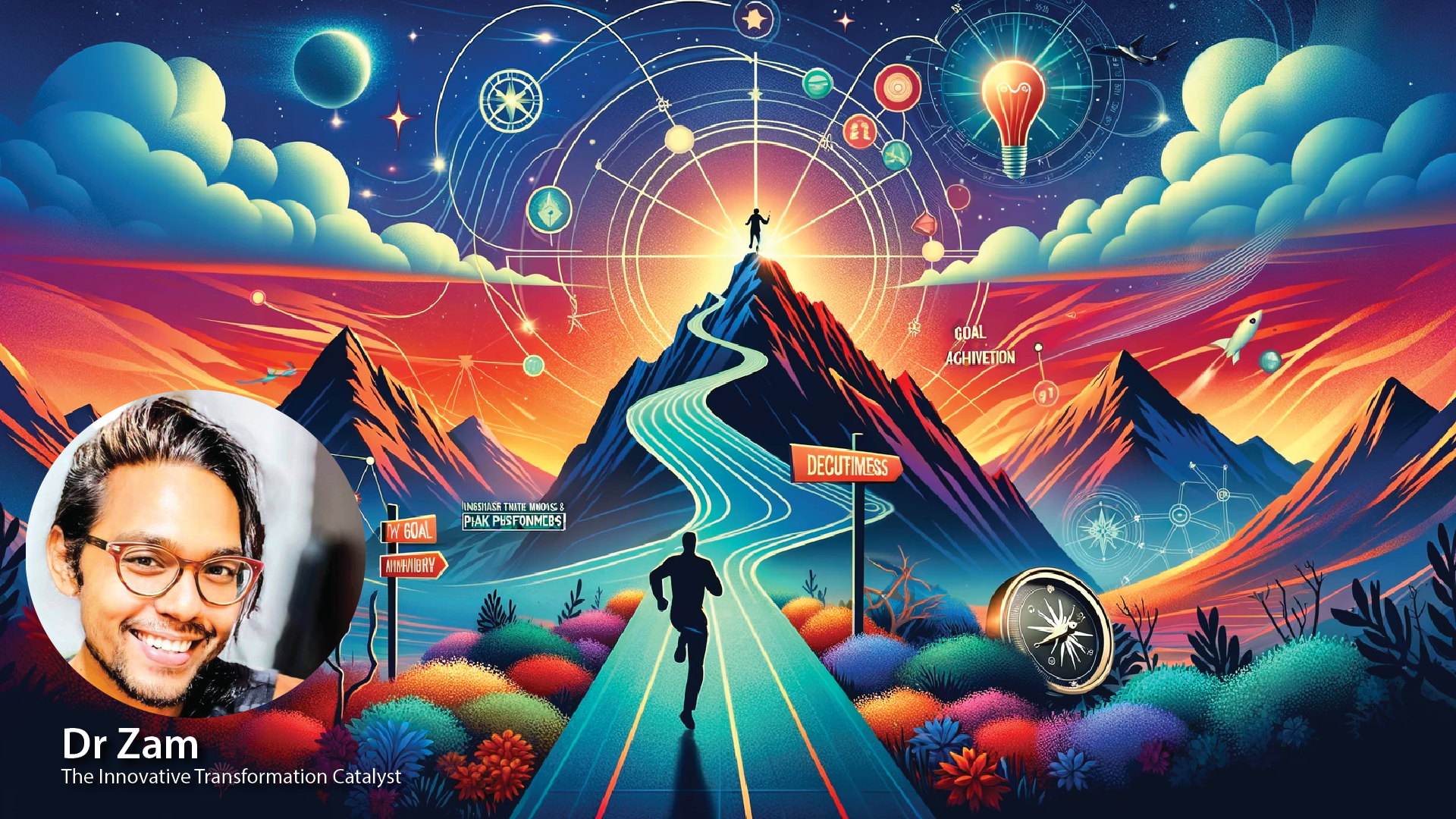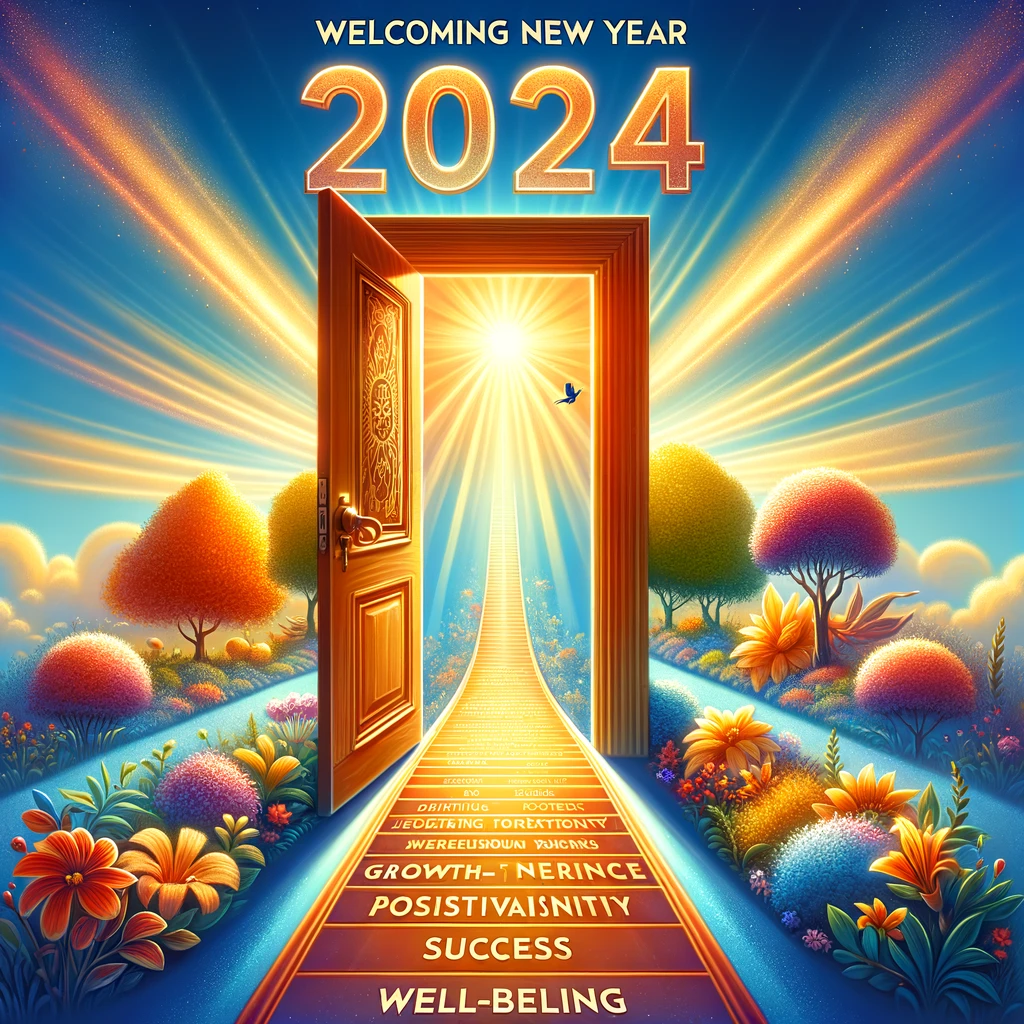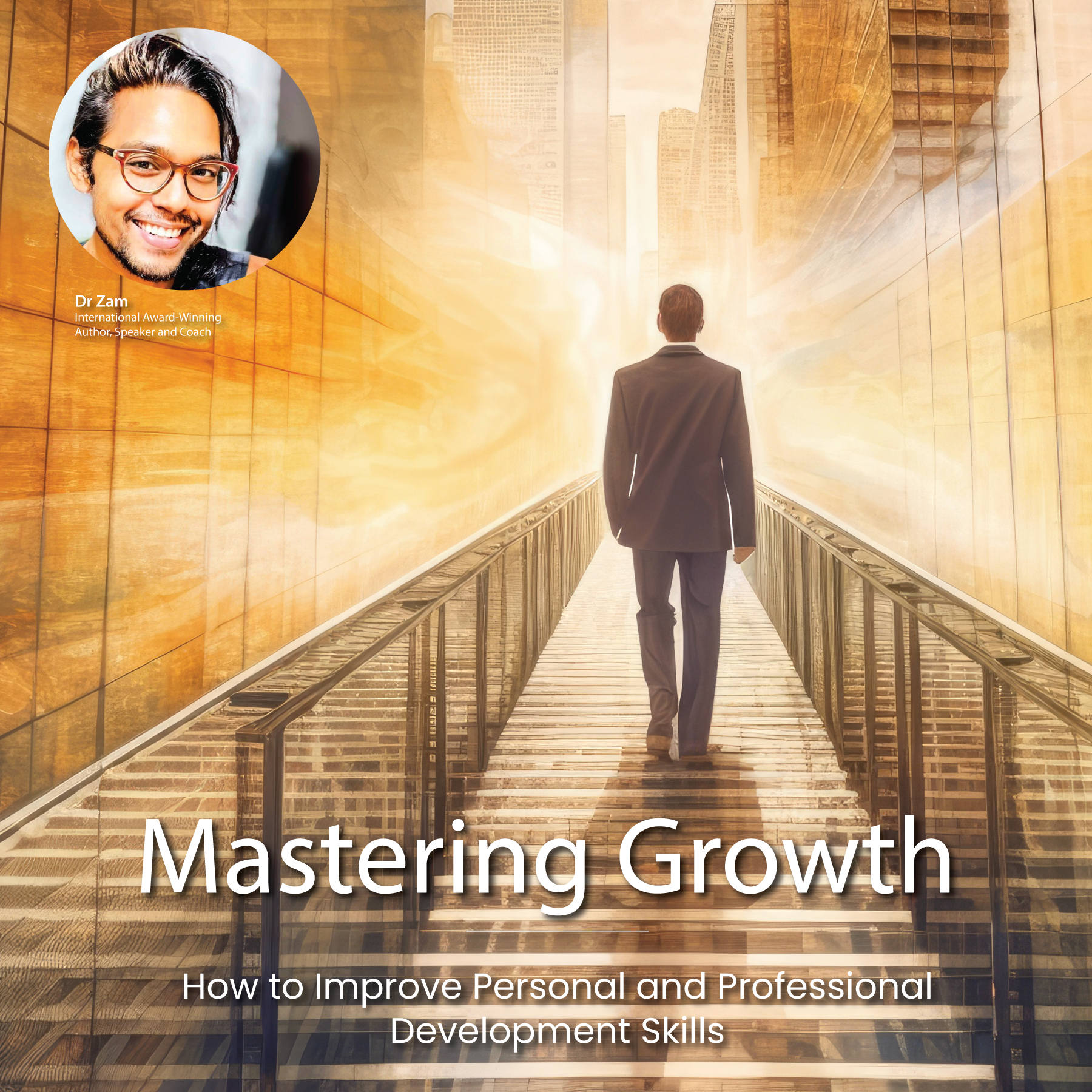
You may not realize it, but the connection between your body, mind, and soul plays a significant role in your overall well-being. Understanding how these three aspects interact can empower you to make better choices that enhance your physical health, mental clarity, and spiritual fulfillment. When you nurture this connection, you can achieve a more balanced lifestyle, reduce stress, and improve your emotional resilience. In this post, we will explore the dynamic relationship between your body, mind, and soul, and how cultivating this connection can lead to improved well-being.
Understanding the Body-Mind-Soul Connection
Before you investigate into the complexities of well-being, it’s fundamental to grasp the essence of the body-mind-soul connection. This intricate relationship suggests that your physical health, mental state, and spiritual beliefs do not exist in isolation but rather interact continuously, influencing one another in profound ways. Recognizing this interconnectedness will empower you to approach your well-being holistically, taking into account how nurturing each component can enhance your overall health.
Definitions and Components
Definitions of the body-mind-soul connection vary across disciplines, but at its core, it represents the synergy between your physical being, mental faculties, and spiritual essence. Your body refers to the physical realm—how you care for and maintain your health through nutrition, exercise, and rest. The mind encompasses your thoughts, emotions, and mental resilience, while the soul is often seen as your inner self, the core of your beliefs, values, and purpose. Together, these elements create a dynamic interplay that impacts your quality of life.
Components of this connection highlight the necessity of balance and well-being in all three areas. When you nurture your body with a balanced diet and regular exercise, your mind is often clearer and more focused. Conversely, engaging in meditation or spiritual practices can foster resilience against stress, leading to better physical health. Understanding the components of this connection will help you identify areas that need attention, thus allowing you to create a more harmonious existence.
Historical Perspectives
Above all, the exploration of the body-mind-soul connection is not a modern invention; it’s deeply rooted in historical understanding across various cultures and philosophies. Ancient traditions, such as those from Eastern philosophies, have long recognized the inseparability of body, mind, and spirit. Concepts like Qi in Traditional Chinese Medicine or the Ayurvedic principles in India emphasize that physical ailments often have mental or spiritual origins. In contrast, Western medicine has historically been more fragmented, focusing on body and mind separately until more recent integrative approaches began to emerge.
Through historical perspectives, you can see how civilizations have grappled with understanding the interplay of physical and metaphysical elements over millennia. Enriching your knowledge of these perspectives underscores how long the recognition of the body-mind-soul connection has been integral to human experience, providing valuable lessons in navigating your own journey toward well-being.
The Role of the Body in Well-Being
Physical Health and Its Impact
After establishing a connection between body, mind, and soul, it becomes evident that physical health plays a foundational role in overall well-being. Your body serves as the vehicle through which you experience life, and its condition can significantly influence your emotional and mental states. For instance, when you maintain a balanced diet, exercise regularly, and prioritize rest, you are equipping your body to perform optimally. This, in turn, fosters a more positive mindset and enhances your emotional resilience, allowing you to handle the stresses of daily life more effectively.
Moreover, neglecting physical health can lead to a cascade of negative effects, not just physically but also mentally. Conditions such as chronic pain, fatigue, and even illness can create mental strain, contributing to anxiety and depression. By taking proactive steps to care for your body, you are investing in a more robust mind and spirit, ultimately enriching your life experience.
Mind-Body Practices
For those looking to enhance their well-being, incorporating mind-body practices into your routine can be transformative. Techniques such as yoga, tai chi, and mindfulness meditation aim to harmonize physical movements with mental focus, fostering a deeper connection between your body and mind. These practices encourage you to tune into your body’s signals and develop awareness of your physical state, leading to improved emotional health and mental clarity.
Consequently, engaging in these mind-body practices can pave the way for a more balanced life. When you practice yoga, for example, you’re not just stretching your muscles but also integrating breathing techniques that ground your thoughts and relieve stress. Similarly, tai chi promotes gentle movement paired with focused intention, enhancing your physical stability while calming your mind. Embracing such practices can empower you to cultivate a more mindful approach to both your physical and emotional states, enriching your overall well-being.
The Mind’s Contribution to Wellness
Some may underestimate the profound impact your mind has on your overall well-being. Your mental state plays a significant role in determining how you experience life, the challenges you face, and even how your body responds to stress and illness. When you cultivate a positive mindset, it can enhance your emotional resilience and fortify your ability to cope with life’s adversities. This connection between thoughts, feelings, and actions illustrates the importance of mental health in fostering a sense of balance and well-being.
Mental Health and Emotional Balance
An imperative component of well-being is emotional balance, which largely depends on your mental health. When you maintain a healthy mental state, you are more equipped to manage stress and engage in healthier relationships, which can lead to a more fulfilling existence. Conversely, when your mental health is compromised, it can result in various emotional challenges, such as anxiety, depression, and feelings of isolation. By addressing mental health concerns and prioritizing emotional well-being, you grant yourself the opportunity to cultivate resilience and a more enriched life.
Cognitive Behavioral Approaches
Among the many strategies to enhance your mental health, cognitive behavioral approaches (CBT) stand out as effective tools for promoting wellness. CBT focuses on identifying and changing negative thought patterns and behaviors that hinder your emotional well-being. By engaging in this structured form of therapy, you can learn to recognize unhelpful beliefs that contribute to stress or anxiety while also developing practical skills to alter these thoughts. This approach empowers you to take control of your mental processes, leading to improved emotional regulation and overall life satisfaction.
Mental health is not solely about the absence of illness but encompasses your ability to think, feel, and act positively. By incorporating cognitive behavioral approaches into your routine, you can foster a supportive environment for change, allowing you to challenge negative thinking and cultivate a more optimistic outlook on life. As you explore the benefits of these strategies, you will likely notice a ripple effect in other areas of your life, enhancing your overall well-being and enabling you to thrive.
The Spiritual Aspect of Well-Being
To truly understand well-being, it’s important to explore the spiritual aspect, often reflected in the body-mind-soul connection. This approach emphasizes that well-being is not just a physical or mental state, but also encompasses your spiritual health, which can greatly influence your overall experience of life. When you nurture your spirit, you may find that it positively impacts your emotional stability, mental clarity, and even physical vitality. Engaging with the spiritual dimensions of your life can help you find a deeper sense of purpose, enhancing your overall quality of life.
Defining the Soul in Various Contexts
Above all, the concept of the soul can be interpreted through various lenses, including philosophical, religious, and psychological perspectives. In many spiritual traditions, the soul is viewed as the essence of your being, connecting you to a higher power or universal consciousness. This spiritual essence is often regarded as eternal, transcending physical existence, and providing a sense of continuity and purpose. In psychological contexts, your soul may be seen as synonymous with your true self – the part of you that holds your values, beliefs, and authentic nature. Understanding the multifaceted nature of the soul can enhance your ability to connect with your own spirituality.
Practices That Nourish the Soul
Between your daily responsibilities, it’s vital to carve out time for practices that nourish your soul, fostering a deeper sense of connection and well-being. Engaging in activities such as meditation, yoga, or mindfulness can allow you to align your spiritual, mental, and physical selves. These practices encourage introspection and awareness, helping you to connect with your inner self and the world around you. Additionally, exploring nature, participating in creative endeavors, or engaging in community service can also lead to soul nourishment, reinforcing your sense of purpose and interconnectedness.
Various methods can be employed to nourish your soul, and it’s deeply personal which practices resonate with you. You might choose to immerse yourself in art, literature, or music that inspires you, evoking emotions that connect to your inner self. Alternatively, setting aside time for self-reflection or journaling can help clarify your values and beliefs, aiding in the exploration of your spiritual pathway. Creating rituals or traditions that resonate with your inner beliefs can serve to solidify your connection to your soul, enhancing your overall sense of well-being in the process.

Interconnectedness of Body, Mind, and Soul
Keep in mind that the body, mind, and soul are not isolated entities but rather interconnected components of your overall well-being. Each element contributes to the others, forming a holistic system that influences how you experience life. When one aspect is out of balance, it can ripple through the others, impacting your physical health, mental clarity, and spiritual fulfillment. Recognizing this interconnectedness can empower you to take proactive steps towards nurturing each area and fostering a more harmonious existence.
How Each Influences the Others
Below the surface of everyday experiences, the body, mind, and soul continuously exchange information and energy. For instance, physical ailments can affect your mental state; chronic pain may lead to feelings of frustration or hopelessness. Conversely, your thoughts can manifest physically—stress or anxiety can lead to headaches, digestive issues, or sleep disturbances. On a deeper level, your spiritual beliefs and practices can enhance both your mental and physical well-being. Engaging in soulful activities can boost your mood and foster a sense of purpose, which ultimately translates to better health.
The Holistic Approach to Health
Approach your well-being with a holistic mindset that recognizes the importance of nurturing each of these three aspects equally. By drawing from various practices—such as mindfulness, exercise, and spiritual exploration—you create a comprehensive strategy for health that addresses your body’s physical needs, your mind’s emotional demands, and your soul’s quest for meaning. Integrating these elements leads to a more balanced life, allowing you to thrive rather than merely exist.
Consequently, embracing a holistic approach can transform your perspective on health. You begin to see wellness as an integrated journey rather than a series of isolated tasks. Investing attention in your physical health, emotional well-being, and spiritual growth will not only enhance your quality of life but also foster resilience, making you better equipped to face life’s challenges. By consciously nurturing the body-mind-soul connection, you pave the way for a more fulfilling and vibrant existence.
Practical Strategies for Enhancing the Connection
After understanding the importance of the body-mind-soul connection, it is important to implement practical strategies that can enhance this relationship effectively. These strategies serve to not only boost your well-being but also encourage personal growth and self-awareness. By incorporating various practices into your daily routine, you can foster a deeper understanding of how your body, mind, and soul interact, influencing your overall health and happiness.
Daily Practices for Balance
Against the backdrop of today’s fast-paced lifestyle, it is vital to carve out time for daily practices that help maintain balance among your body, mind, and soul. Simple yet effective routines like meditation, yoga, or mindfulness exercises can create a harmonious environment for all three aspects to thrive. Incorporating activities such as journaling or spending time in nature can help ground your thoughts and provide clarity, making it easier for you to connect with the deeper aspects of your being.
Creating a Personalized Wellness Plan
Connection with yourself is entirely unique and therefore requires a personalized approach when crafting a wellness plan. Start by assessing your current state of well-being, identifying areas you would like to improve or explore further. Incorporate activities that resonate with you, whether it’s meditation, exercise, art, or simply quiet time for reflection. As you commence on this journey, regularly evaluate your progress, adjusting your plan as needed to ensure it aligns with your evolving needs and goals.
Enhancing your wellness plan should be seen as a dynamic process that grows with you. Focus on setting realistic, achievable goals that promote consistency. The more you personalize your approach to well-being, the easier it becomes to cultivate a profound connection among your body, mind, and soul. This ongoing commitment ultimately leads you to a more fulfilling and balanced life, improving both your mental and physical health.
To Wrap Up
Summing up, the body-mind-soul connection is integral to your overall well-being. By understanding how these elements interrelate, you can gain deeper insights into your mental, emotional, and physical health. When you nurture your body through healthy habits, engage your mind with positive thoughts, and connect with your soul through spiritual practices, you create a harmonious balance that enhances your quality of life. This holistic approach not only fosters resilience against stress but also cultivates a profound sense of purpose and fulfillment.
Additionally, recognizing the interplay between your body, mind, and soul empowers you to take actionable steps toward achieving holistic wellness. You have the ability to influence your well-being by creating routines that honor this connection. Whether it’s incorporating mindfulness practices, engaging in physical activity, or exploring your spirituality, prioritizing these elements can lead you to a more vibrant and fulfilling existence. As you navigate your wellness journey, embrace the interconnectedness of your body, mind, and soul to discover your path to a healthier, happier life.
Q: What is the body-mind-soul connection?
A: The body-mind-soul connection refers to the intricate relationship between our physical health (body), mental and emotional well-being (mind), and spiritual or existential aspects (soul). This holistic concept recognizes that these three components influence one another and contribute to our overall health. For instance, stress can manifest physically as tension or illness, while nurturing our spiritual beliefs can enhance our emotional resilience and promote physical healing.
Q: How can improving the body-mind-soul connection enhance mental health?
A: Strengthening the body-mind-soul connection can lead to improvements in mental health by fostering a greater sense of balance and self-awareness. Engaging in practices such as mindfulness, meditation, or yoga can help reduce anxiety and depression by promoting relaxation and self-reflection. Additionally, nurturing your spiritual side, whether through community, nature, or personal beliefs, can provide a sense of purpose and belonging, which are important for mental wellness.
Q: What are some practical ways to cultivate the body-mind-soul connection for overall well-being?
A: There are several practical ways to enhance the body-mind-soul connection for improved well-being. Regular physical activity such as exercise, walking, or dancing can boost mood and energy levels. Mindfulness practices like meditation or journaling can calm the mind and clarify thoughts. Additionally, engaging in spiritual practices, such as gratitude journaling, spending time in nature, or involvement in community service, can nourish the soul and foster a sense of connectedness. By integrating these practices into your daily routine, you can create a more harmonious existence that promotes holistic health.















